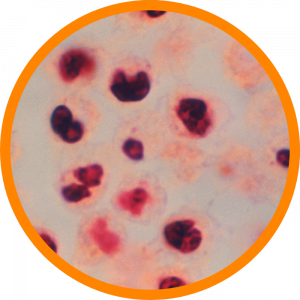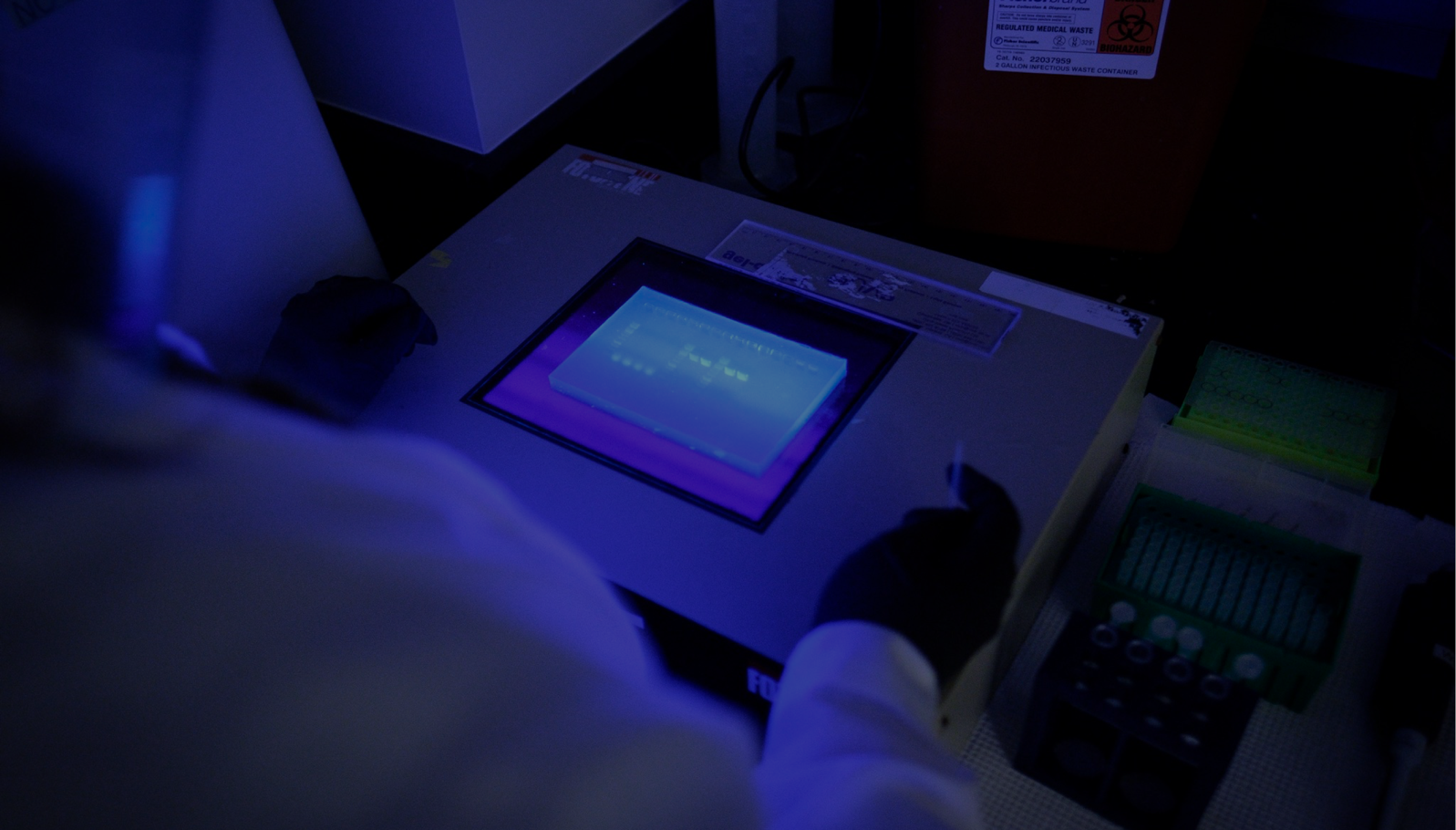Overview

Legionellosis varies in severity from a mild febrile illness to a serious and sometimes fatal form of pneumonia and is caused by exposure to Legionella species found in water, and potting mixes.
It is often categorized as being community, travel or hospital acquired based on the type of exposure.
Worldwide, waterborne Legionella pneumophila is the most common cause of cases including outbreaks. Legionella pneumophila and related species are commonly found in lakes, rivers, creeks, hot springs and other bodies of water. Other species including L. longbeachae can be found in potting mixes.
Under a magnification of 500X, this photomicrograph of a Brown and Brenn-stained lung section specimen, revealed the presence an intra-alveolar exudate containing macrophages, and polymorphonuclear (PMN) leukocytes in a case of Legionellosis, due to the bacterium, Legionella pneumophila.
Source: WHO - https://www.who.int/en/news-room/fact-sheets/detail/legionellosis
OUR FOCUS
CERID researchers use immunologic, bioinformatic, genetic, cellular and molecular methods to study the innate immune response to Legionella pneumophila.
Associated labs



